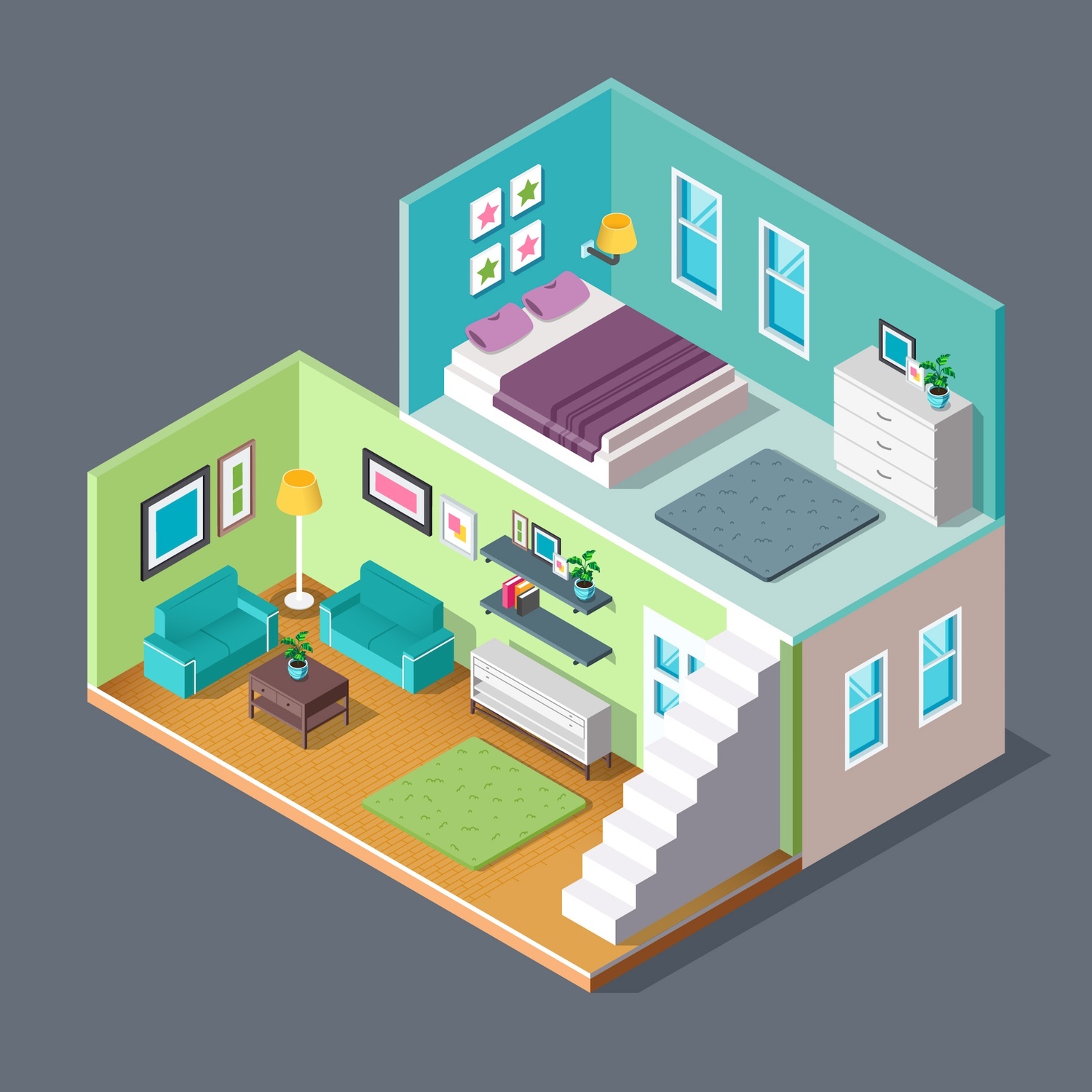Other methods for reducing noise in a rental apartment
Creating a quiet and comfortable sound environment in a rental apartment can be challenging, as there are often restrictions on what measures are permitted. Structural changes such as building new walls, floors, or ceilings are rarely an option, but there are still many effective solutions that can help reduce noise and improve the acoustics in your home. By using sound-absorbing materials, strategic furniture placement, and smart acoustic solutions, you can reduce sound reflections and create a quieter environment.
Seal cracks and joints to reduce sound leakage
One of the easiest ways to improve sound insulation is to make sure that doors and windows are properly sealed. Cracks and joints around door frames and windows can let in a lot of noise, especially in older properties. By using sealing tape or sealing strips, you can effectively reduce sound transmission while improving the energy efficiency of your apartment.
The impact of humidity on the sound environment
Maintaining a balanced humidity level can also affect the spread of sound in a room. Dry air causes sound waves to bounce more, while higher humidity helps furniture and textiles absorb sound better.
Reduce sound reflections with textured surfaces
Hard and smooth surfaces reflect sound, which can create an unpleasant reverberation in the room. By using textured materials, such as perforated panels, angled surfaces, or acoustic screens, you can break up the sound waves and reduce the echo in the room.
Soundproof doors for a quieter living environment
If possible, soundproof doors can be an effective solution for reducing noise between rooms. If it is not possible to replace the doors, you can improve sound insulation by installing acoustic panels on the doors or using heavy curtains as an extra sound barrier.
Reduce noise from the floor with carpets and textiles
One of the most effective ways to reduce noise in a rental apartment is to use large, thick carpets on the floor. They absorb sound reflections and reduce noise from footsteps, which can be especially important in apartments with hard floors such as parquet or tile.
Plants as natural sound absorbers
Green plants can have a sound-absorbing effect because they break up and absorb sound waves. Larger plants with dense foliage work best and can contribute to a more pleasant sound environment while improving air quality.
Strategic furniture placement for better acoustics
By placing heavy furniture such as bookcases or cabinets next to walls, you can create a natural sound barrier that reduces sound transmission between rooms. A full bookcase acts as an excellent sound absorber, especially if it is placed against a shared wall.
Sound-absorbing materials for better acoustics
Furnishing with sound-absorbing materials can make a big difference. Thick curtains, textile wall hangings, acoustic panels, and sound-absorbing furniture help reduce sound reflections and improve the acoustics in the room. Acoustic curtains can also reduce noise from outside traffic and create a more relaxing atmosphere.
Improve the sound insulation of doors and windows
By installing thicker doors or using soundproofing materials, you can reduce sound penetration between rooms. If you are unable to make permanent changes, thick drapes or soundproof curtains can serve as an alternative.
Communicate with neighbors for a harmonious sound environment
If noise from neighbors is a problem, it may be worth discussing the matter in a friendly manner and trying to find a solution together. In many cases, simple measures, such as moving speakers away from shared walls or lowering the volume at certain times, can make a big difference.
Soundproofing with temporary acoustic solutions
If your lease restricts the installation of permanent sound absorbers, you can use removable acoustic panels, screens, or room dividers to reduce the noise level. These can be placed near sound sources and easily moved as needed.
Sound-insulating paint and temporary solutions
If permitted, sound-insulating paint can be used to reduce sound transmission through walls. For a more flexible solution, you can also use temporary sound-absorbing screens or acoustic panels that can be removed without damaging the wall.
Sound-absorbing artwork for aesthetics and function
Sound-absorbing paintings combine aesthetics with acoustic functionality. These can be placed on walls to reduce sound reflections while contributing to a beautiful interior design.
Improved sound insulation through sealed cabinets and wardrobes
By placing cabinets and wardrobes along walls that border other apartments, you can create an extra barrier that dampens sound transmission. Airtight cabinets can be particularly effective in reducing noise levels.
Combine several measures for the best effect
Creating a quieter living environment in a rental apartment often requires a combination of different measures. By using a mix of sound-absorbing materials, strategic furniture placement, and acoustic solutions, you can improve the sound environment without making permanent changes. If you are unsure which measures are permitted in your rental apartment, it is always a good idea to discuss the matter with your landlord before making any changes.







